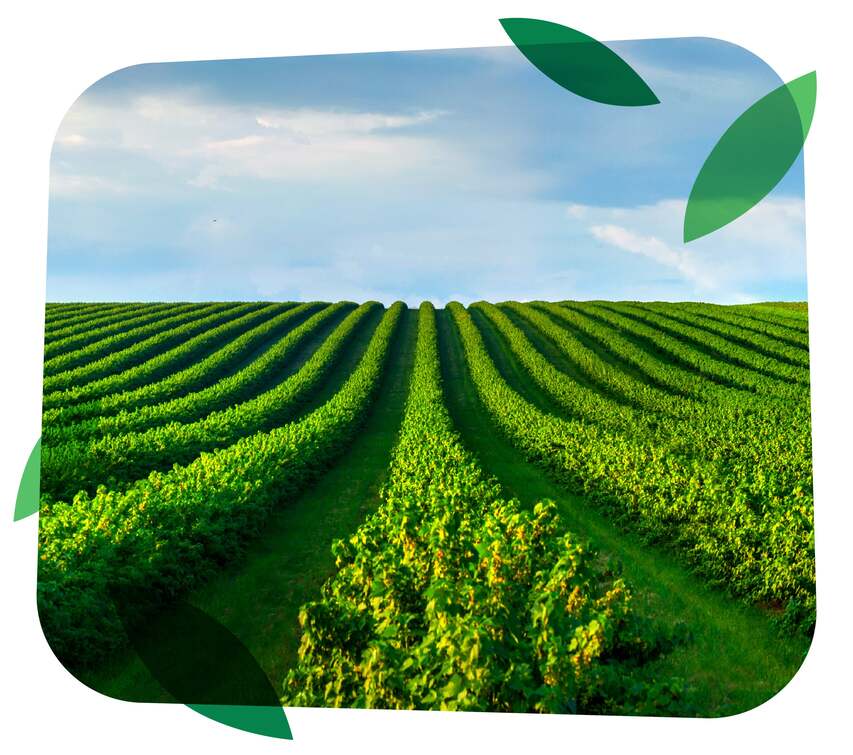Abstract:
The objective of this study, carried out from October to December 2006, was to analyze the effects of increasing doses of nitrogen (N) and potassium (K) as well as the interaction between these elements on the growth of sweet basil plants cultivated under field conditions. The experimental design was split plots, holding in the main plots the N doses and in the subplots the K rates. Doses of 0, 50, 100 and 150 kg ha-1 were established for N and K, applied as urea and potassium chloride, respectively. The seedlings were transplanted to beds, in 40 x 30 cm spacing, and each plot had 24 plants. The evaluations at 45 days after transplanting detected no effect of N levels in stem diameter, Spad index and number of internodes. A quadratic polynomial model was defined for the relationship between N rates and the referred characteristics. A NK interaction for total leaf area was observed, indicating that, on the absence of K fertilization, increasing N doses resulted in higher total leaf area. Higher doses of N decreased total leaf area of plants under greater K doses.
Need more information about growing basil? You can always return to the basil fertilizer




